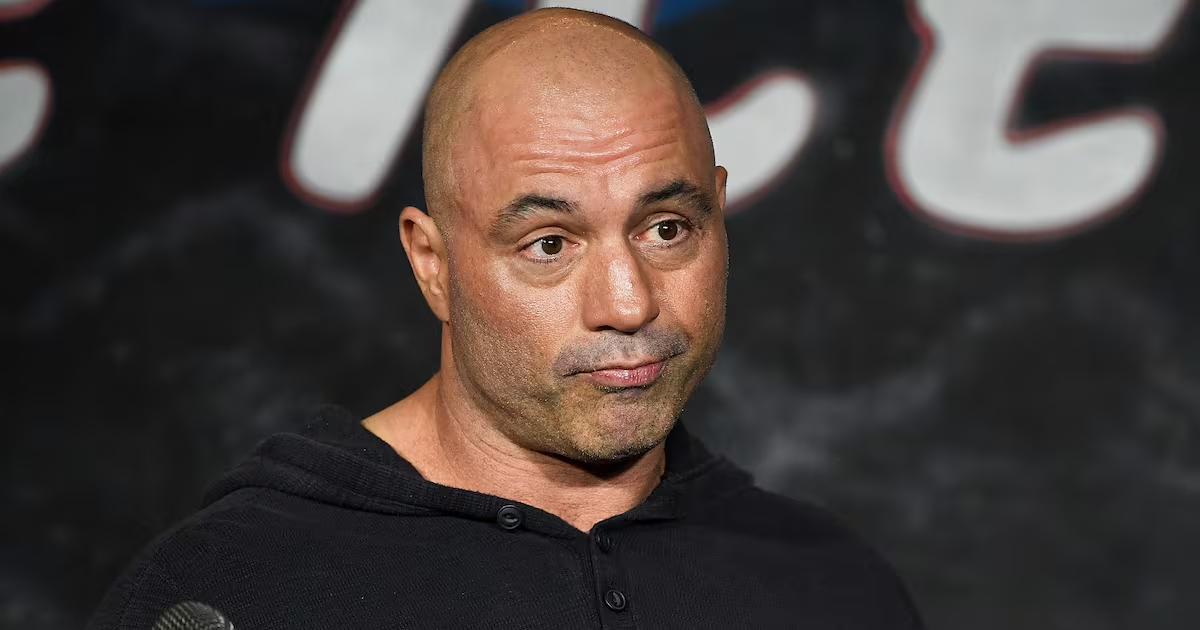Every couple of months somebody asks me what are the biggest cocktails and spirits trends. I don’t mind the questions, since I already have an answer ready: Irish whiskey.
Amazingly, I’ve been giving this answer for more than a decade, since Irish whiskey has been on an unprecedented streak.
While most drinkers have enjoyed the spirit in a shot or in a cocktail (Irish Coffee certainly comes to mind), the popularity of the whiskey has reached stratospheric heights of popularity. Sales in America, from 2002 to 2016, according to the Distilled Spirits Council of the United States, have increased by a staggering 780 percent. Starting in 2010, Irish whiskey sales in the U.S. surpassed even single malt Scotch and have continued to climb ever higher.
Plenty has been written about the Irish whiskey crash that took place around the turn of the century, which left the once powerful industry barely hanging on, and how there’s be an equally impressive rebirth over the last 20 years. But one new wrinkle (and newsworthy trend) has been the sudden surfeit of high-priced Irish whiskies on store shelves and behind bars.
Not that long ago, there was just a handful of a handful of super-premium Irish whiskies, including Jameson’s delicious Midleton Very Rare ($145), which is made from the distillery’s best casks, and Bushmills’ beguiling 16-Year-Old Single Malt ($75) and rich 21-Year-Old ($125), both of which are aged in three different types of barrels and generally sell out as soon as they’re released. In the late 1990s, upstart Knappogue Castle sent shockwaves through the liquor industry by introducing a whiskey from 1951, which originally sold for an unheard of $600. (There are a few bottles still available, which now sell for $1,600.)
But over the last few years, these pricy whiskies have been joined by plenty of others from a range of old and new distilleries. And sales of these super-premium releases have helped the category sustain its torrid sales growth.
Stalwarts like Jameson have introduced a number of high-end offerings, like the 12-year-old pot still Yellow Spot ($100), in hopes of graduating drinkers to more expensive offerings. The whiskey is aged in used American bourbon barrels as well as in sherry and Malaga casks.
Not to be outdone, Tyrconnell’s brand new 16-year-old single malt ($100) is also produced in a traditional pot still and is aged completely in former bourbon barrels. It’s a potent 92-proof and can certainly stand up to the addition of a large ice cube or a bit of spring water.
Tullamore D.E.W., on the other hand, is targeting Scotch fans with its 14-year-old ($70) and 18-year-old ($110) single malts, which were released last September. Even the packaging looks reminiscent of something produced in the Highlands. Not a huge surprise, given that its parent company, William Grant, is famous for its Glenfiddich and Balvenie Scotches.
The Teeling Whiskey Company has arguably made the biggest attempt to move the category into the super-premium realm with its limited-edition 24-year-old whiskey, which sells for $500. There were just 1,000 bottles earmarked for the whole U.S. What makes it so rare? Its age, for one, and also the fact that it was matured in bourbon barrels and sauternes wine barrels, which are expensive to buy even after they’ve been emptied.
The good news about these pricey whiskies? You don’t just have to drink them on St. Patrick’s Day. Irish whiskey has now become a year-round staple. I’ll chalk that up to the luck of the Irish.




